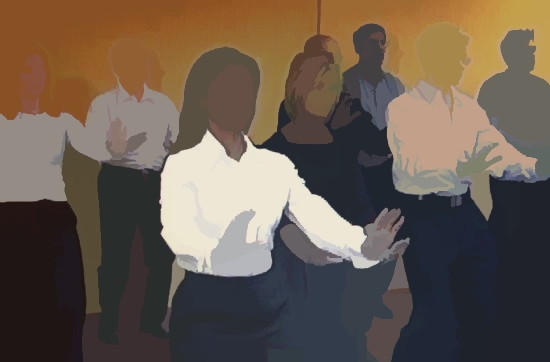 |
| (image credit) |
As far as a practitioner of Taijiquan is concerned, most important is that he should calm himself, banish distracting thoughts from his mind, relax both body and mind and not be constrained. In this way, the inborn inspiration and natural stableness will revive from varieties that are twisted. Do not be distracted, the quietness and stableness are important.By Li Yaxuan.
"Inborn inspiration” means, I think, one’s innate vibrancy and aliveness (shen).
*
Michael Garofalo culled information, quotes and references on relaxation - Relaxed - and I am grateful for his effort. Over several days in July 2011, I meditated over each one of these quotes and made notes in my T'ai Chi journal:
Not just to be really, really, but truly to be completely and absolutely shoong. I would like to imagine that in the future, I can be completely impervious to some people's craziness and shenanigans, by being absolutely shoong.
Going forward I will post regularly on relaxation, with more quotes and notes.



